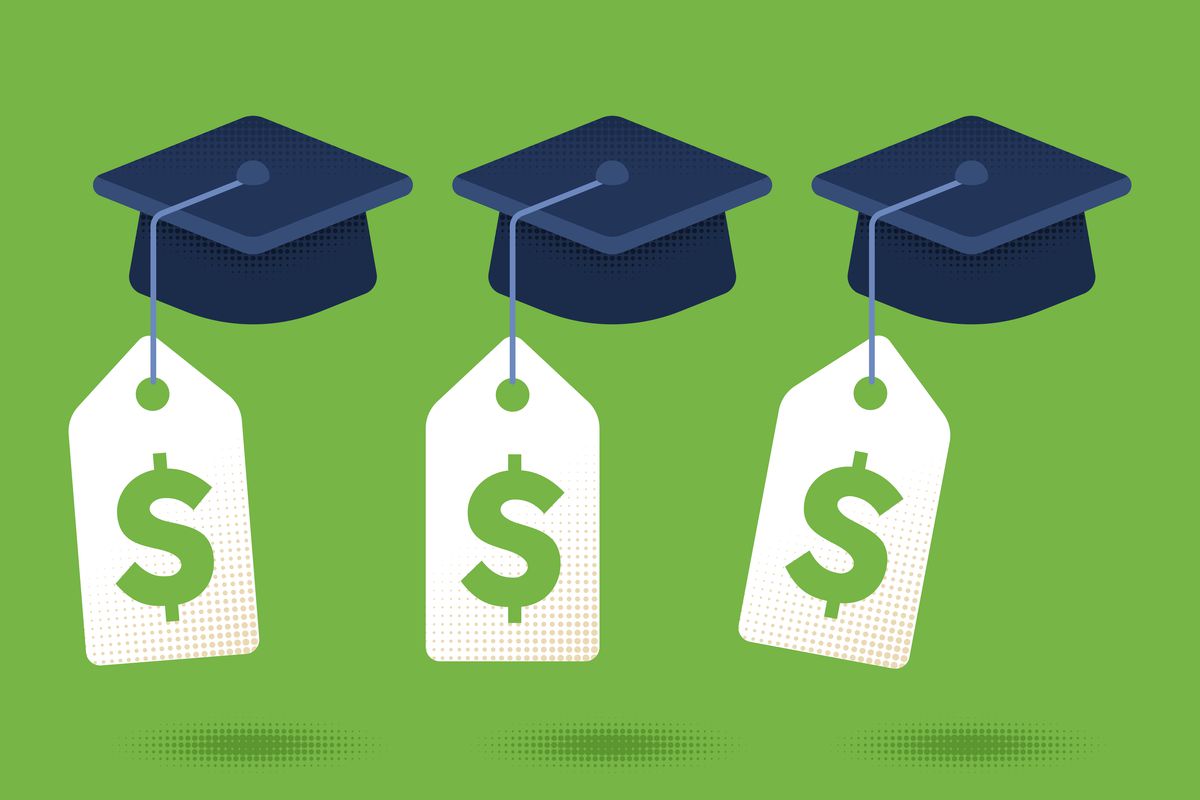This article was sourced from ifebp.org
Student loan repayment has been more top-of-mind in recent weeks with President Biden’s announcement on February 21, 2024. The Department of Education emailed 153,000 borrowers that student loans were being discharged for those enrolled in the Saving on a Valuable Education (SAVE) program who borrowed $12,000 or less and who have at least ten years of repayment history. The program has 7.5 million people enrolled and had communicated prior to the February announcement about loan discharge amounts affecting over 4 million people.
While this federal program is for individual borrowers meeting the somewhat narrow eligibility criteria, plan sponsors have an opportunity to address overall financial wellness benefits, and to include student loan repayment, that could benefit all employees. Not surprisingly, student loan balances have a negative impact on both retirement plan contribution rates and account balances, according to a recently released Employee Benefit Research Institute (EBRI) issue brief titled “Student Loans and Retirement Preparedness” that reviewed the savings of more than 50,000 401(k) participants.
Plan sponsors have an opportunity to address this issue with other financial wellness benefits, including options available due to SECURE 2.0 Act (SECURE Act) provisions that go into effect in 2024.
Student Loan and Financial Wellness Options to Highlight in 2024
The International Foundation has been following the SECURE Act closely. Last month, we discussed the newly released frequently asked questions (FAQs) for pension-linked emergency savings accounts (PLESAs) in “FAQs on Workplace Emergency Savings Accounts Under SECURE 2.0.” In September of 2023, we explained student loan payment matching in “Matching Contributions for Qualified Student Loan Payments Under SECURE Act 2.0.” In addition, other details of these options are provided below.
Pension-Linked Emergency Savings Accounts
The SECURE Act created pension-linked emergency savings accounts (PLESAs). Recently released guidance in the form of frequently asked questions (FAQs) helps plan sponsors understand these accounts that can be effective for plan years beginning after December 31, 2023:
- PLESAs are short-term savings accounts established and tied to a defined contribution plan and are sometimes referred to as an “emergency sidecar.”
- Balances are capped at $2,500. Contributions are considered Roth contributions.
- Employees can withdraw from their account at their own discretion without certifying an emergency and without paying an early withdrawal fee.
- PLESAs are available to non-highly compensated employees making under $155,000 in 2024.
As always, plan sponsors interested in amending their plan to include these new provisions should speak with their service providers to ensure compliance issues are addressed prior to implementation.
Student Loan Payment Matching
Also for plan years beginning after December 31, 2023, the SECURE Act Section 110 allows 401(k), 403(b) and 457(b) plans to make matching contributions to a retirement plan when employees make qualified student loan payments:
- “Qualified student loan payments” are defined as an employee’s repayment of a qualified loan used to pay for qualified higher education expenses.
- Student loan matching contributions are available to all employees eligible to receive the match and are made at the same rate and vest under the same schedule.
- Annual employee self-certification of student loan payment is required for Actual Deferral Percentage (ADP) testing purposes.
When the plan is amended to allow this provision, employees paying off their student loans instead of making contributions to their retirement plan no longer waive matching retirement contributions.
Enhancements of Financial Wellness Benefits in 2024
Plan sponsors looking for additional options for a financial wellness program could include personalized ways for employees to tailor their own action plan, including how to:
- Learn about financial literacy and terminology.
- Develop financial goals and savings habits.
- Create an emergency savings plans.
- Consistently increase retirement plan contributions.
- Initiate a conversation with the 401(k) service provider to understand their plan.
- Access financial advisors.
- Ensure that benefit platforms can be accessed from tablets or smart phones.
- Track and monitor progress.
Developed by International Foundation Information Center staff. This does not constitute legal advice. Please consult your plan professionals for legal advice.


